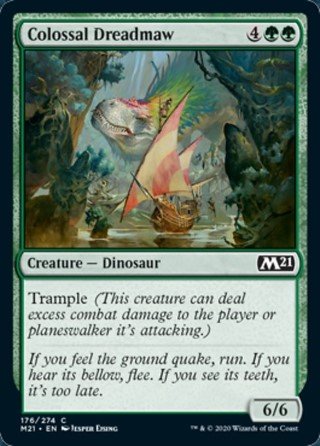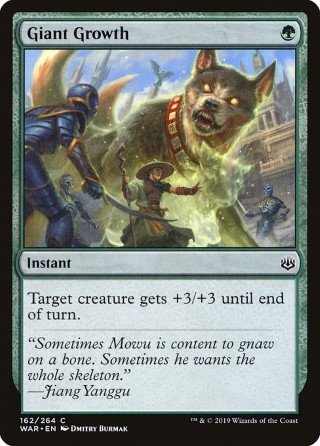Drafting Basics
Hey guys I'm sure none of you know me yet at this point but I am MH_Voltage. For a little background information of why you should even be reading this, I've been a magic player for about 18 years, competatively for around 8 or so and in the format I will be writing about I have achieved top 5 on the MTGA leaderboards at one point so i do know what i am talking about. That topic today is going to be some basic concepts to get you better at playing limited magic.
So I have been an avid drafter since I first started playing the game and I still see people falling into the same traps every set. People overvalue cards that do not affect the board in a positive way and take and play cards like walls too highly. One of the biggest recent offenders of this was when I saw tons of people playing arboreal grazer in limited. Yea it lets you cast a 3 drop on turn 2 if you have it in your opening hand but what happens when you draw it later in the game and do not even have a land to put into play with it? The point im trying to make is putting too much air into your deck will lead to a lower win percentage.
Basically for me to want to put a card in my deck it has to be one of three different things; a reasonably effecient creature, a removal spell, or a source of card advantage. Sure there are exceptions when you are building a deck that is based on synergy but this is more of a big picture discussion. You can only fit so many do nothing enchantments and combat tricks into a deck before you are just spinning your wheels and losing to a good curveout.
To me a typical limited deck should contain 14-17 creatures, 17 land, as many reasonable removal spells as you can get your hands on, and just a couple cards that are either combat tricks or draw spells and the like. When you stray too far from this formula your deck tends to lose much more often then when you stick to it. You basically just want to be casting your mana effecient creatures, removing your opponent's "problem" cards and seting up a consistent board to beat them down with.
The next step to improving your draft game would be to make sure to keep your curve in mind. All those powerful six drops you drafted really aren't going to do you any good if you die before you can play them. Colossal dreadmaw is a great card but not so great when it is the first permanant to hit your board when your opponent has 3 creatures out and you are already down to 8 life. You want to focus on having cards that can affect the board on basically every turn from turn 2 until at least 5 or 6 mana cards. Whether those be creatures you can block or attack with, or removal spells to keep yourself from dying from your opponents threats. The key is to strike a good enough balance between having enough cheap cards to stay alive, and having enough powerful cards to kill you opponent.
So those "air" cards I was talking about earlier (cards that dont really do much) they dont really help you when you are trying top curve out in the way I was saying. Yea you might have a turn three play but if it doesnt advance your game plan or affect your opponent's plan you might as well have discarded the card. Casting a giant growth on turn three to get in for five damage with your two drop is not usually a winning game plan. Unless you have built a very unusual deck you want to minimize your inclusion of such cards so that your deck remains consistent throughout your draft.
So in conclusion, draft cards that "do things", make sure you take your curve into account, and keep that "air" out of your deck when possible. Next article I will discuss draft strategy more in depth and hopefully these articles can help some of you get more wins in limited.






